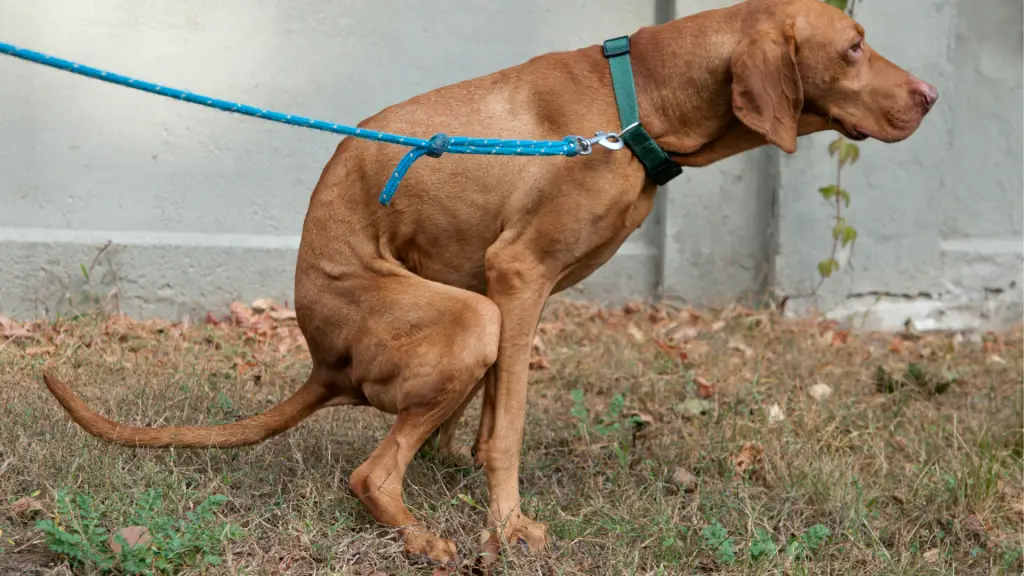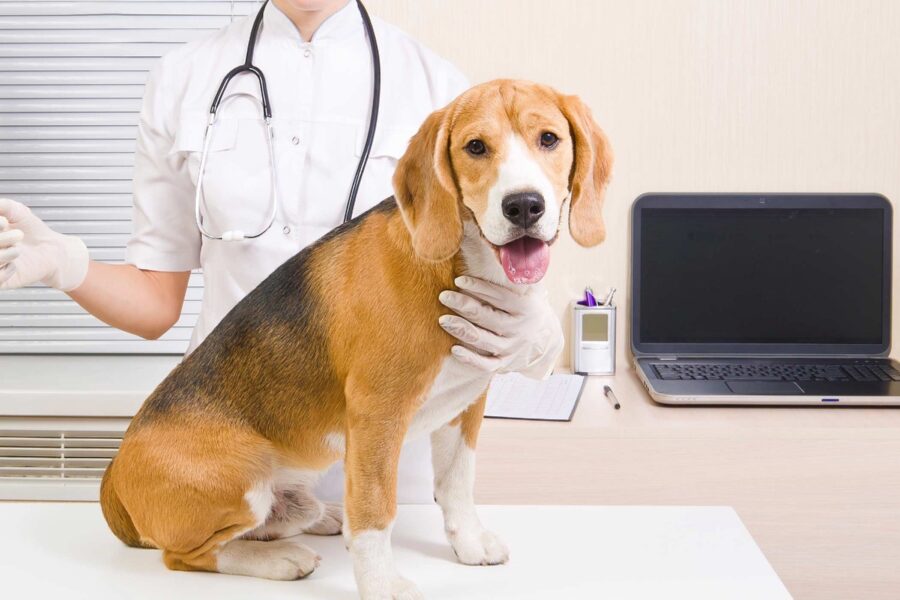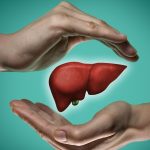If we observe that our dog’s anus is red or inflamed, we can think that he is suffering from hemorrhoids. However, except in very rare cases, dogs do not have hemorrhoids.
In this AnimalPedia article we will explain what ailments are confused with hemorrhoids in dogs, and of course, how to avoid and treat them. To ensure that the situation does not get worse and therefore it is not more difficult to solve it, it is important to contact a veterinarian as soon as the first symptoms appear.
Hemorrhoids on dogs: can my pet have them?
Generally NO, we cannot talk about hemorrhoids in dogs. Hemorrhoids are veins that become inflamed in the rectum or anus. They look like varicose veins. They are produced by exertion during defecation or increased pressure during pregnancy, sometimes they appear and a specific reason is not identified. They are more common in humans due to the anatomical conformation.
The body of dogs is completely distinct. We can say that its arrangement is horizontal while ours is vertical. Therefore dogs will not suffer from hemorrhoids.
The only time we might know what dog hemorrhoids look like would be in the case of certain tumors growing in the anorectal area. These produce an increase in pressure, inflammation and prolapse of the entire anal conformation. These tumors will appear on the side of the anus and are very likely to cause this type of “hemorrhoids” if we let them evolve without treating them or if other factors such as constipation or the presence of parasites intervene.

Anal inflammation in dogs
If our dog shows inflammation, redness, pain or difficulty when defecating, we should not immediately assume that it is dog hemorrhoids. Indeed, it is more likely that we are faced with a problem of anal glands or rectal prolapse, topics that we will discuss in the next paragraphs.
If what we notice is sore anus in puppies, we need to take into account the presence of intestinal parasites. These worms can cause diarrhea if concentrated in large quantities. The increase in bowel movements irritates the anus and some of these parasites produce itching: these factors will induce our dog to crawl his butt on the ground or to lick himself intensely to relieve the pain.
To avoid this problem it is important to follow a deworming schedule. When we adopt a puppy we will have to take him to the vet so that he can visit him and show us the most appropriate deworming procedure. Any symptoms of discomfort in this area in both puppies and adult dogs should be grounds for consultation with the veterinarian.
Dog perianal gland problems
The perianal glands are pouches found on either side of the anus. Their function is to produce a liquid that helps lubricate the stool, comes out with it, and gives the dog its own smell. Sometimes the secretion is very thick, the stool does not compress the glands sufficiently or some other circumstance occurs that prevents this liquid from escaping, and thus accumulates in these glands, generating problems, which can be confused with dog hemorrhoids.
- Compaction: the liquid does not escape from the glands and they remain full. The vet will have to empty them manually. If your dog frequently suffers from this problem, they should be emptied regularly. A diet rich in fiber is recommended.
- Infection and vasculitis: Compaction of the glands can create inflammation, being a “dirty” area, due to the large number of bacteria that causes a painful infection. In this case, in addition to emptying, a topical antibiotic and disinfection will be necessary.
- Abscess: also in this case an infection is produced, with fever and inflammation that can be observed for its red and purple color. The pus builds up and if it leaks it forms anal fistulas, responsible for foul-smelling secretions, which will need surgery. At this point, emptying the glands will no longer solve the problem. Abscesses that remain closed will need to be opened to be cleaned and it will be necessary to disinfect and administer oral antibiotics. If the dog frequently suffers from these episodes, removal of the glands is recommended.

Rectal prolapse in dogs
It is easy to fall into the trick of thinking about hemorrhoids when we see a red or pink mass coming out of your anus. In reality it is a protruding fragment of the rectum, called rectal prolapse, which is produced due to excessive effort during defecation, severe constipation, or on the contrary due to diarrhea, childbirth etc.
Although there are different levels of severity, the prolapse must be treated urgently by a veterinarian, because it runs the risk of necrosis, which means that the exposed cells will die. In this case it will have to be surgically removed and the intestine will need to be repaired.
If the prolapse is complete, even if it does not undergo necrosis, it must be reduced with suture. In less severe cases, the vet will try to understand the cause of the prolapse to find out if he can cure it with a treatment without the need for surgery, for example with products that soften the stool and an adequate diet.
How to cure Hemorrhoids on dogs
Although in general we cannot talk about hemorrhoids in dogs, the prolapse or infections we have described so far can confuse us and make us think about this disease. However, they must receive immediate veterinary care so that the situation does not worsen.
We will never have to substitute the application of a haemorrhoidal ointment for dogs for a visit with the vet, even if it is a popular and easily available drug.
As we have seen, the vet can prescribe a topical treatment. Any of the canine creams for “hemorrhoids” in dogs must be prescribed by a professional, who will be able to identify the most suitable product after a thorough check of the affected area. If we apply a cream on a prolapse not only will we not cure it but the tissue will go against necrosis. If for an infection we apply an ointment instead of an antibiotic, the problem can worsen until it causes the appearance of fistulas. We therefore insist on the need to contact a veterinarian.
As a preventive measure it is important that the dog follows a diet and receives adequate hydration. The anal glands should be checked and dewormed regularly to avoid parasite formation. With all these attentions we will prevent, as much as possible, the appearance of the factors that most commonly lead to, erroneously known as, “hemorrhoids” in dogs.






